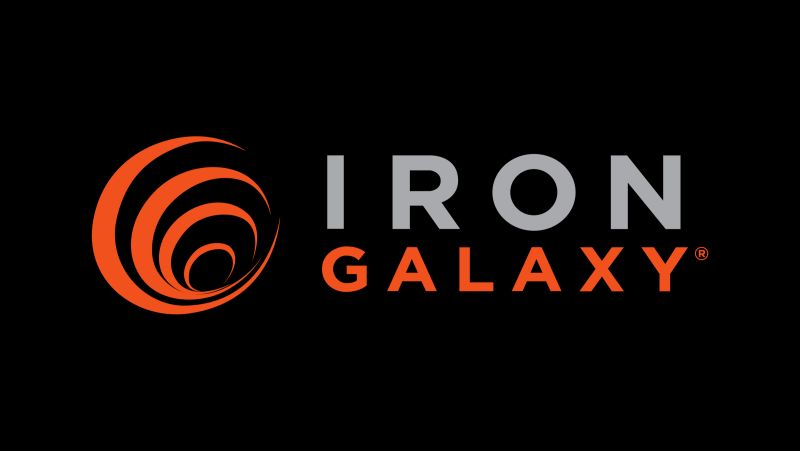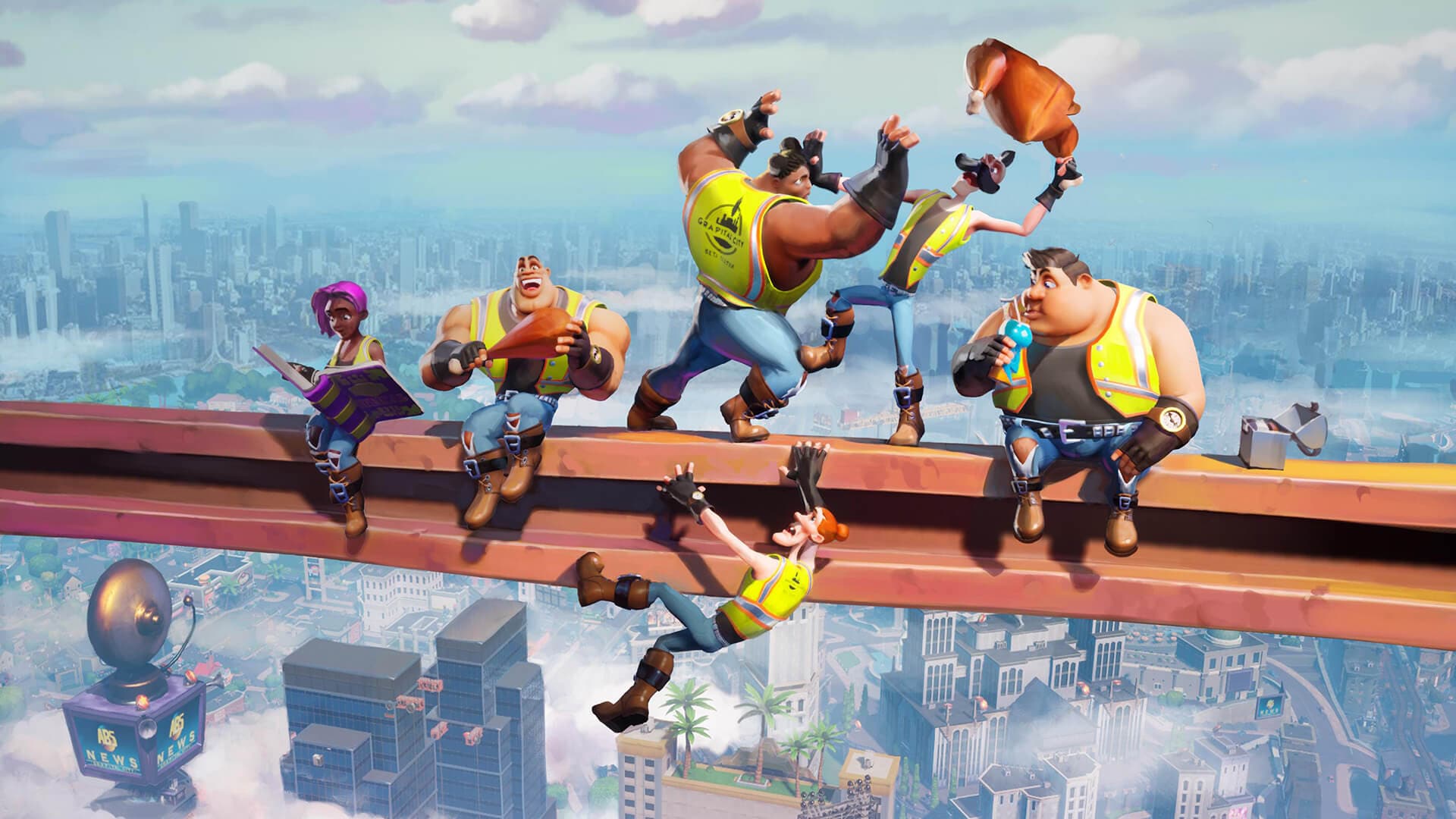/https://tf-cmsv2-smithsonianmag-media.s3.amazonaws.com/filer_public/23/0e/230e42fd-8375-42db-8826-550a6390a961/foto2-vital.jpg)
Warship Sunk by the Nazis During World War II Located Off the Coast of Brazil
www.smithsonianmag.com
TheVital de Oliveirawas discovered by divers in 2011, but the ship's identity was not officially confirmed until now. Brazilian NavyOn July 19, 1944, a Nazi submarine torpedoed and sank the Vital de Oliveira, a Brazilian ship that transported troops duringWorld War II. Now, more than80 years later, the Brazilian Navy has confirmed the location of the ships final resting place.Using sonar imaging techniques, the Brazilian Navy has positively identified the remains of the Vital de Oliveira, which is resting on the bottom of the South Atlantic Ocean roughly 40 miles off the coast of Rio De Janeiro.The wreckage was first discovered in 2011, but the vessels identity was not officially confirmed until last month. On January 16, archaeologists sailing aboard a research vessel used multibeam and side-scan sonar to investigate the site, which allowed them to conclusively identify the wreck as the Vital de Oliveira.Coincidentally, the research vessel they were on is named Vital de Oliveira in honor of the shipwreck. Both vessels are named after Frigate Captain Manoel Antnio Vital de Oliveira, a soldier who was killed in combat in 1867 during the Paraguayan War.Shipwrecks and other submerged structures are material records of Brazils maritime history, says Caio Cezar Pereira Demilio, a captain-lieutenant with the Brazilian Navy, in a translatedstatement. These pieces of evidence allow us to understand commercial routes, naval strategies, technological advances and episodes like military clashes and maritime disasters. Archaeologists with the Brazilian Navy used sonar imaging technologies to confirm the identity of the Vital de Oliveira.Brazilian NavyBack in 2011, a fisherman off the coast of Brazil reported that his net was stuck on the seafloor. When a pair of diversbrothers Jos Luiz and Everaldo Pompermayer Merigueteshowed up to help the fisherman, they discovered the wreck. They called in a deep-sea diver named Domingos Afonso Jrio, who revealed that the net was stuck on a cannon. The group alerted the Brazilian Navy of their find.Built in 1910 as a civilian ship, the vessel was originally named the Itaba. After joining the Brazilian Navys fleet, the ship transported Allied troops and supplies up and down the Brazilian coast during World War II.Just before midnight on July 19, 1944, the German submarine U-861 fired a torpedo at the ship, per CNNs Max Saltman. The weapon hit the stern, causing the vessel to sink and killing around 100 of the 270 crew members onboard. TheVital de Oliveira transported Allied troops and supplies along the coast of Brazil during World War II. Brazilian NavyThe Vital de Oliveira was the only Brazilian Navy ship taken down by enemy forces during the war, reports theMaritime Executive. Two other Brazilian Navy ships also sank, but they were lost due to accidents: The Camaqu capsized during a 1944 storm, while the Bahia detonated its own depth charges during training in 1945.In addition, German submarines sank some 34 Brazilian merchant ships during the conflict, reportsDivernets Steve Weinman.Brazil and Mexico were the only Latin American countries that sent troops to fight in World War II, per theLibrary of Congress.Additionally, Brazil was the only Latin American nation that sent troops to Europe. More than 25,000 men made up theBrazilian Expeditionary Force, also known as the Smoking Snakes. The group played a key role in the Allied victory in theBattle of Monte Castello, which took place in Italys Apennines Mountains in 1944.Get the latest stories in your inbox every weekday.Filed Under: Archaeology, Atlantic Ocean, Brazil, History, New Research, Ships, Shipwrecks, Warfare, Water, Water Transportation, World War II
0 Comentários
·0 Compartilhamentos
·42 Visualizações











